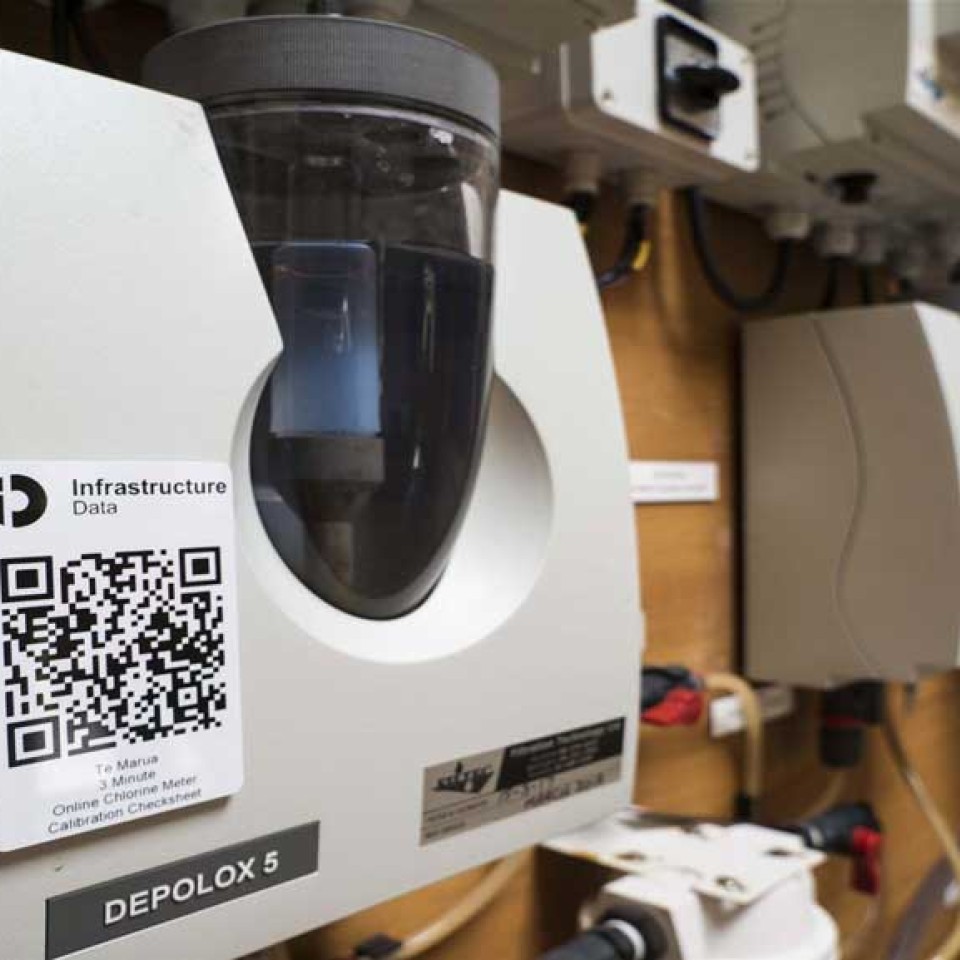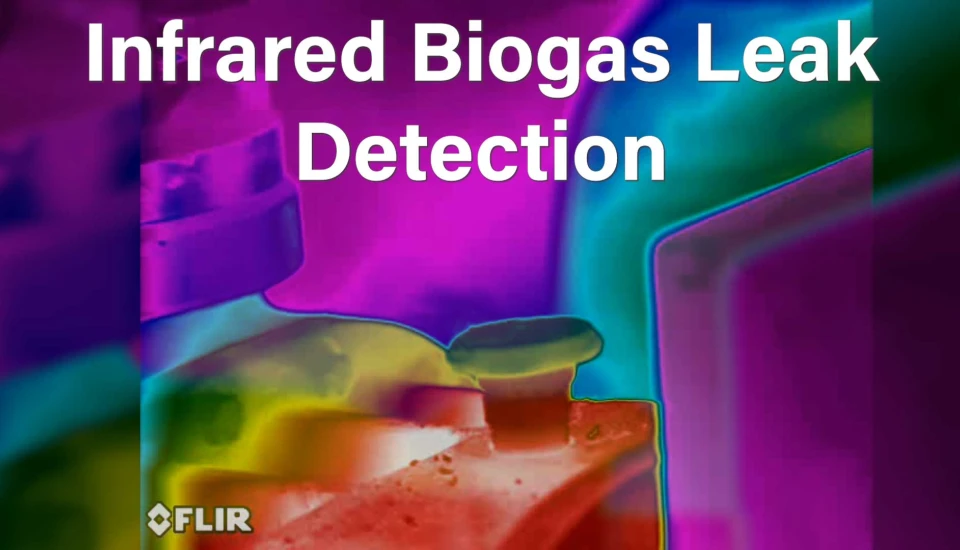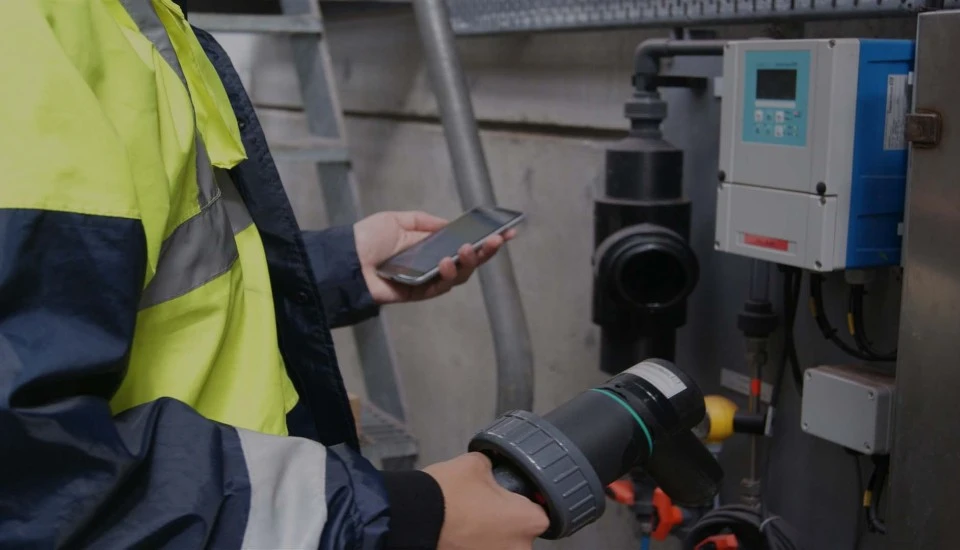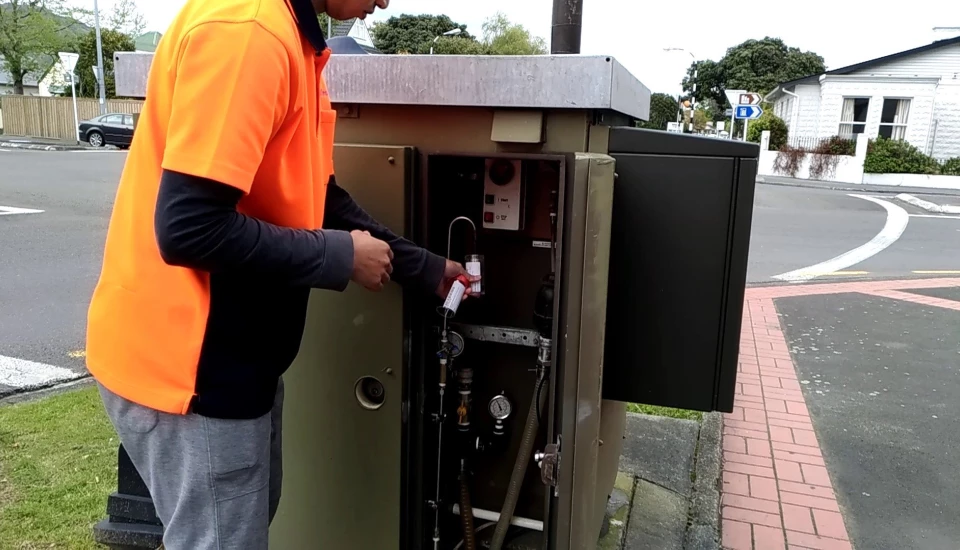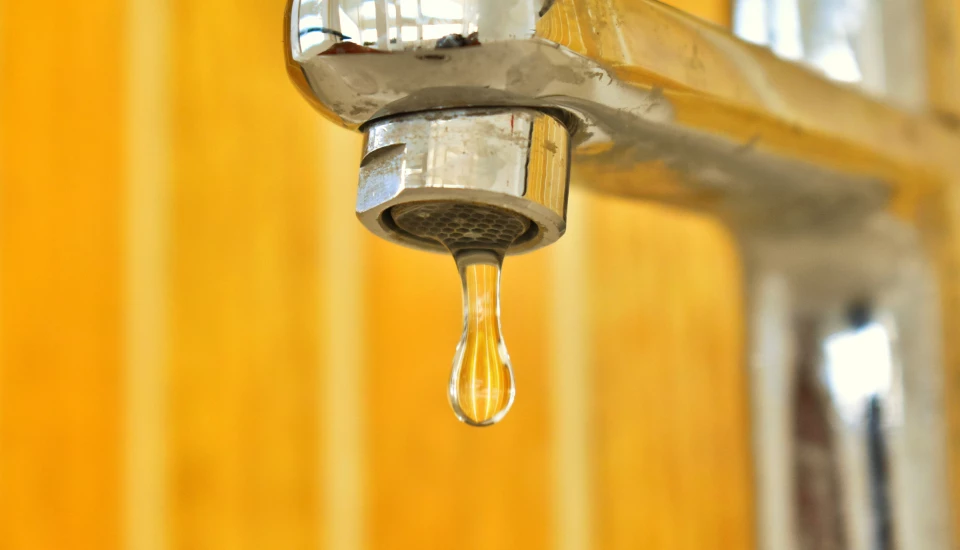1,008,000 people were supplied with water that did not meet the New Zealand Drinking-water Standards (2008) in the 2017-2018 compliance year. 322,000 people were supplied with water that did not meet the bacteriological requirements of the standards.
The Ministry of Health (MoH) published the Annual Report on Drinking-Water Quality on June 27th 2019. The report covers the period July 1st 2017 to June 30th 2018 meaning it’s a year out of date already. What it shows it that compliance with the DWSNZ signficantly decreased in the 2017-2018 reporting period compared to the previous year. The MoH have been promoting a positive message with the publication of the report but is this the right message to send to consumers? Lets take a closer look at the number of people being supplied with non-compliant water.
1,008,000
People are being supplied with water that does not comply with the DWSNZ2008. That’s an increase of 287,000 people from the previous year.322,000*
People are being supplied with water that does not comply with the bacteriological requirements of DWSNZ. This is an increase of 176,000 from the previous year. *The of quoted figure in the annual report for compliance is 97.7% of the population which equates to 88,297 people. However the more detailed data breakdown supplied in Tables 4-7 adds up to 322,000 which equates to 91.6% of the population being supplied with compliant water.969,100
People are being supplied with water that does not comply with the protozoal requirements of DWSNZ2008. This is an increae of 359,435 from the previous year.43,900
People are being supplied with water that does not comply with the chemical requirements of DWSNZ. This is a reduction of 54,440 from the previous year.A lot of the public facing messaging was around the vulnerabilities of small supplies. Whilst this is a known issue, particulalrly in tourist destinations, the use of percentage compliance figures can be misleading. The following table shows the number of people supplied with non-compliant water from different supply sizes. It can be seen that the majority of people supplied with water non-compliant with the bacteriological and protozoal requirements of the DWSNZ are served by large supplies.

Concluding remarks
We are 3 years on from the Havelock North event and yet over 1 million people are still receiving water that does not comply with the drinking water standards. Currently a large number of councils are investing significantly in water supply and are working very hard to achieve full compliance. Hopefully the transition to reporting based on the Drinking Water Online system will mean the industry and the public can see the service level outcomes of this work far more rapidly in the future.

